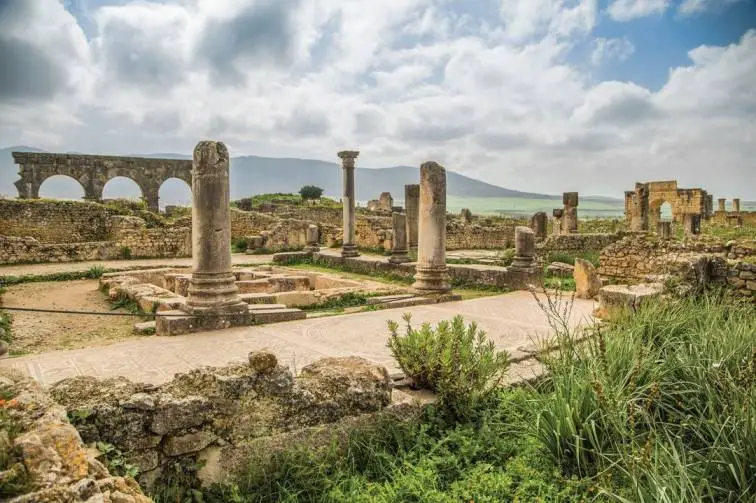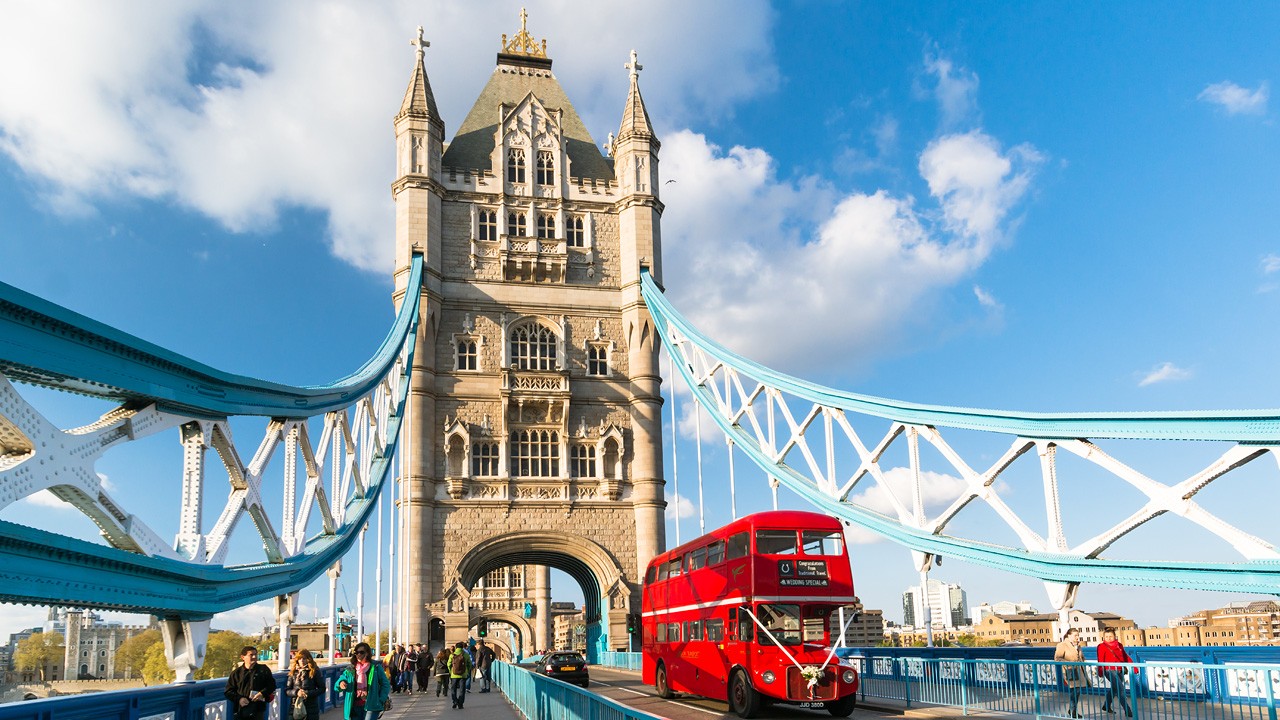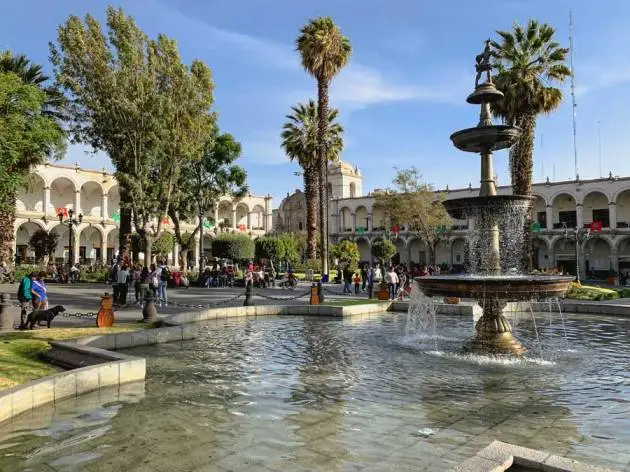Exploring Major Cities: Uncovering Ancient Ruins

Jerusalem
One of the oldest towns in the world, Jerusalem has a long and illustrious history despite being invaded, besieged, rebuilt, destroyed, and taken again. Today, it is home to around a million people. In the Holy City, researchers have discovered 7,000-year-old settlement remnants of walls and stone floors, as well as stone sickles, flint implements, and gemstone beads.
Mexico City, Mexico
Contemporary Tenochtitlan, the capital and center of religion of the Aztec empire, was established in 1345 and supported over 200,000 people until the Spanish attacked and destroyed it in 1521. Mexico City is situated on top of this site. The centerpiece of the ancient city was a colossal pyramid known as Templo Mayor, which is visible while visiting Mexico's expansive capital, owing to excavation work.
London, United Kingdom

The present-day city of London was formerly known as Londinium, and it was established in 47 CE as a tiny, walled hamlet before being destroyed and rebuilt as a Roman metropolis under Emperor Claudius. Up until 410 CE, it was the largest Roman city in Britain and was ruled by the Romans for about 400 years. About 60,000 people lived in Londinium fifty years after it was established.
Alexandria, Egypt
Alexandria was established more than 2,000 years ago by Alexander the Great and is currently home to more than five million people. However, buried under its modern, busy exterior lie remnants of its prehistoric heritage. Archaeologists discovered "Corinthian capitals, Egyptian lotus-shaped columns and solid Roman bases holding up elegant stone arches" in a three-story-deep, over a millennium-old cistern. Alexandria's harbor is home to many artifacts in addition to its hidden riches. These include underwater palaces and the remnants of the Pharos of Alexandria, an antiquated lighthouse that rises to a height of 134 meters (440 feet).
Damascus, Syria
The capital of Syria, founded in the third millennium BCE, is one of the oldest cities in the Middle East and among the oldest cities in the world. It has about 125 monuments from the various civilizations that have shaped its history, including Hellenistic, Roman, Byzantine, and Islamic, with the Great Mosque of the Umayyads dating back to the eighth century. Sadly, persistent hostilities have harmed some Old City landmarks, including as the Citadel, the Madrasa al-Adiliye, and the Umayyad Mosque.
Rome, Italy
Apart from its well-known historical landmarks, such as the Colosseum and Forum, Rome is situated on a vast archeological landscape that was once home to several flourishing towns. You can unearth old artifacts practically anywhere in the region. You may now explore the ancient city known as Underground Rome, which is located beneath modern-day Rome, thanks to the work of archaeologists over the past 200 years.
Paris, France

Though Paris may not immediately spring to mind when considering the Roman Empire, it is important to remember that the City of Light was originally known as Lutetia, and the remnants of its Roman amphitheater can still be seen in the Latin Quarter. 17,000 people might have watched the Arènes de Lutèce, which was constructed in the first century CE. Afterwards, Christians marked their tombs with its stones. Up to its rediscovery in 1869, the monument remained forgotten.
Baghdad, Iraq
Baghdad was formally established in 762 CE. Nonetheless, archeological data indicates that the Iraqi capital was occupied far in advance of the Arab conquest of Mesopotamia. The Round City was constructed behind circular walls and functioned more as a complex for government offices than as a residential area until it grew outside of them. It peaked in terms of both intellectual and economic activity in the eighth and early ninth century. It was regarded as the wealthiest city in the world at the time. Regretfully, owing to a “permanently volatile, unpredictable, and potentially dangerous security situation,” travel to the city should be avoided today.
Read Also: Rediscover the Charm of Former Tourist Hotspots
Lisbon, Portugal
Initially inhabited by the Celts, Lisbon was then populated by the Phoenicians, Romans, and Moors. It was not until 1147 that Afonso Henriques I, the first king of Portugal, took possession of the city, making it one of the oldest towns in Western Europe. Even though an earthquake in 1755 destroyed many of the marks of the city's old history, you may still visit two sites: the remains of the Gothic Santa Maria do Carmo Church and the Castelo de São Jorge, which is located on the tallest hill and offers beautiful views of the city.
Athens, Greece
Without a doubt, the most famous ancient city is Athens, with its famous Acropolis. The Greek city has been inhabited since between 7000 and 5000 BCE. Despite starting off as a little Mycenaean settlement, the city expanded to represent "the finest of Greek qualities and had such respect that, even after Athens' loss in the Peloponnesian War, the Spartans declined to attack the city or enslave the citizens.” As a result, despite being overrun several times throughout history, the city remained intact and is still home to a staggering amount of significant historical structures. The capital, which is home to some 650,000 people, has recently experienced severe economic hardships similar to those experienced by the rest of the nation.






.webp)










